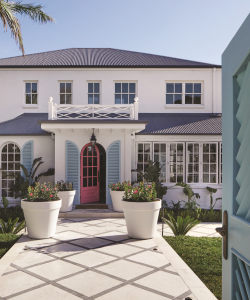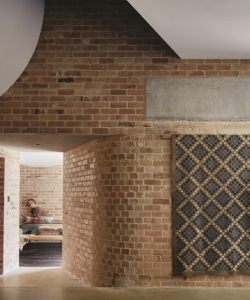If the thought of renovating your kitchen fills you with both excitement and dread, you are not alone. With thousands of options available for fittings, fixtures and fitouts, it is little wonder people become overwhelmed at the thought of doing a makeover on such a vital part of your home.
One of the most important decisions is choosing a benchtop. Finding something that suits your personal taste and needs will often help renovators define the look of the rest of the room.
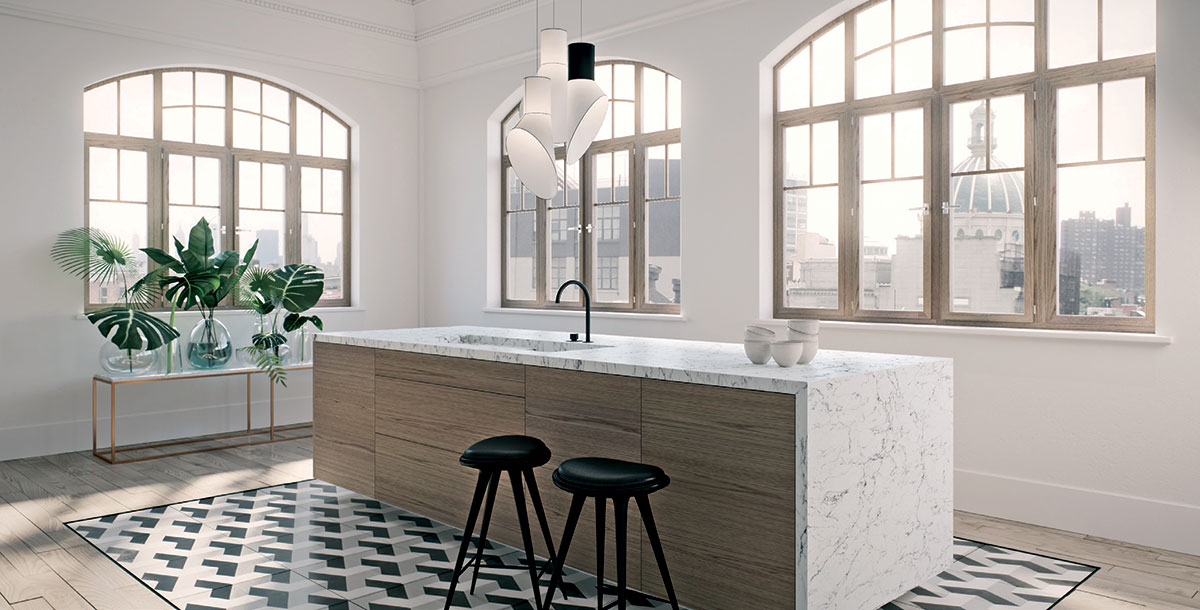
Nicky Rodriguez, of Austaron Surfaces, says working out what the space is predominantly used for and the frequency of use is a great place to start. “For owners who do not cook frequently, a beautiful surface may be selected without too much concern on how delicate it is or how it performs,” she says.
“Yet in a home where cooking is an important function and the kitchen space is used daily, durability and performance are just as important as aesthetic appeal. In that case, I would say people need to opt for a non-staining, hard-wearing surface.”
Nicky says that with a bit of thought, most people can select their colour palette without too much difficulty. “Colour is always a very personal choice and it also depends on the look and feel that you are trying to create,” she says. “Whites and lights are always colours that will not date and continue to look fashion forward. More unique colour choices may be a little risky but may also really work with the other colours you have selected such as your cabinetry and flooring.
“Grey palettes have increased in trend, taking colour inspirations from rustic materials such as concrete.” According to Linda Hannah from Caesarstone, the most important things to consider when choosing a benchtop are brand, quality, colour, durability and functionality.
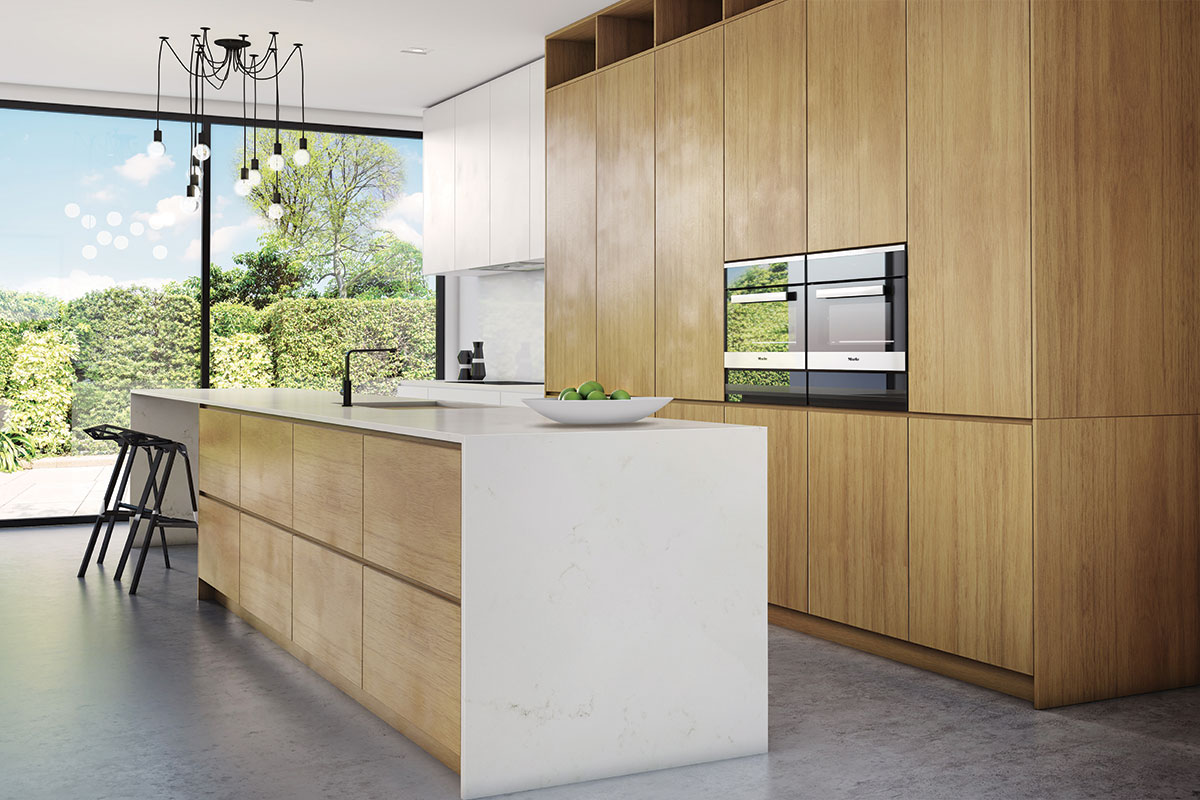
“Kitchen benchtops are some of the most used surfaces in any home, so we try to advise people to do it once and do it well,” she says. When it comes to style, people are really starting to take an interest in the look of their benchtops.
“Neutral base colours with beautiful veining are really fashionable,” she says. “Busier patterns, such as our White Attica, which features a clean white base with dense, dark, grey interwoven veins, are particularly popular .”
Linda says concrete colours, warm greys with natural patinas, were also popular.
Another element of the design to consider is the thickness of the bench. Linda says there are some interesting trends emerging in this area. “In Australia, in particular with the evolution of modern industrial and the modern natural direction, we are seeing many mitred-edge details with aprons from 60mm through to 100mm giving that solid appearance and making a statement,” she says.
She says people are also finding interesting ways to use products such as Caesarstone in the kitchen, other than on the benchtops.
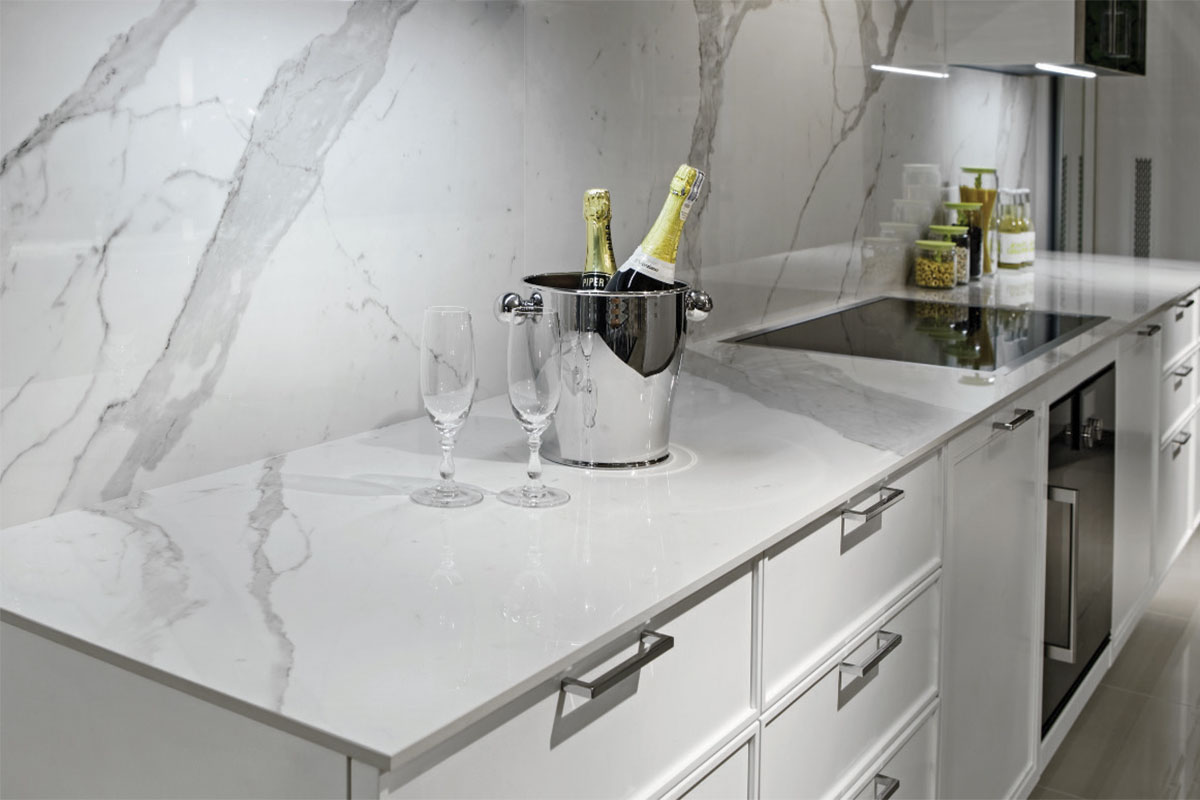
“It can also be used to create splashbacks which are great for continuity, shelf details, serveries, kickboard panels and window sills. Matching dining tables, side tables, consoles and with open-plan living continuing your Caesarstone on to living room furniture such as coffee tables, side tables and TV units,” she says.
Essastone’s Catherine Valente said matte finishes are still strong on the interior design front. “For a matte finish, Essastone benchtops are the perfect complementary product,” she says.
“Our Essastone Concrete Pezzato is a stunning product that closely resembles natural, trowled concrete, it is really beautiful. It has the appearance of a raw finish with undulations to give a strong sense of texture. It’s the perfect complement to an industrial or inner urban style.”
Catherine says there is definitely a shift in popularity towards benchtops with a thinner profile and these are also more budget friendly. According to Keith Benness from Gibson Benness Industries, another popular trend involves having different benchtops in the kitchen.
“It’s an increasingly popular choice to mix different surfaces and products in your kitchen,” he says. “For example, engineered stone, timber and natural stone can be used together and when they are, it adds a lot of interest and depth to the room. It is important to choose products that complement each other and don’t compete with each other.”



